- University of Tartu Zoom homepage: zoom.ut.ee
Zoom is the popular and powerful video conferencing solution.
The University of Tartu has a license for educational institutions, which can be used by anyone who has a university e-mail address (up to 300 people can join a Zoom room)
The University of Tartu also has two Zoom Webinar licenses, one which can be used by 500 people, and the other license for 1,000 people. If you wish to use the webinar, please contact computer support at arvutiabi@ut.ee or by phone
737 5500 (5500). Also check Webinar in Teams.Zoom features and important facts:
there are computer and smart device applications that can also be used in a web browser
you can participate in the meeting both by logging in or joining anonymously
- Zoom is interfaced with Moodle, and it is possible to create a Zoom room from a Moodle course and configure its use. The corresponding guide can be found at: here (in Estonian).
- Students can't create Webinars, but they can attend them!
- Refund for previously paid Zoom license.
- Language interpretation setup and usage.
If you want a comprehensive overview of Zoom's features, see also Zoom tutorial videos, select the appropriate live training or watch the recording.
Check this video about Zoom training for the University of Tartu.
Scheduling a meeting















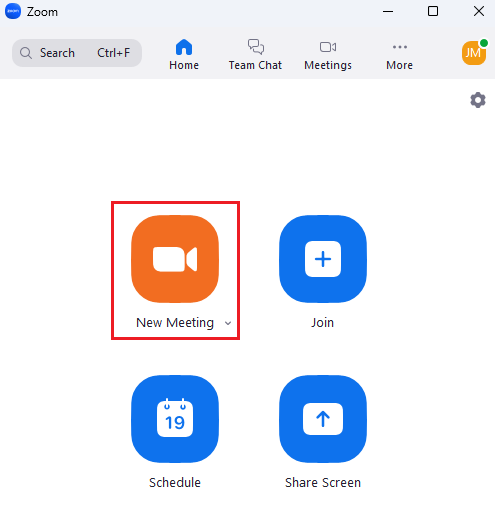

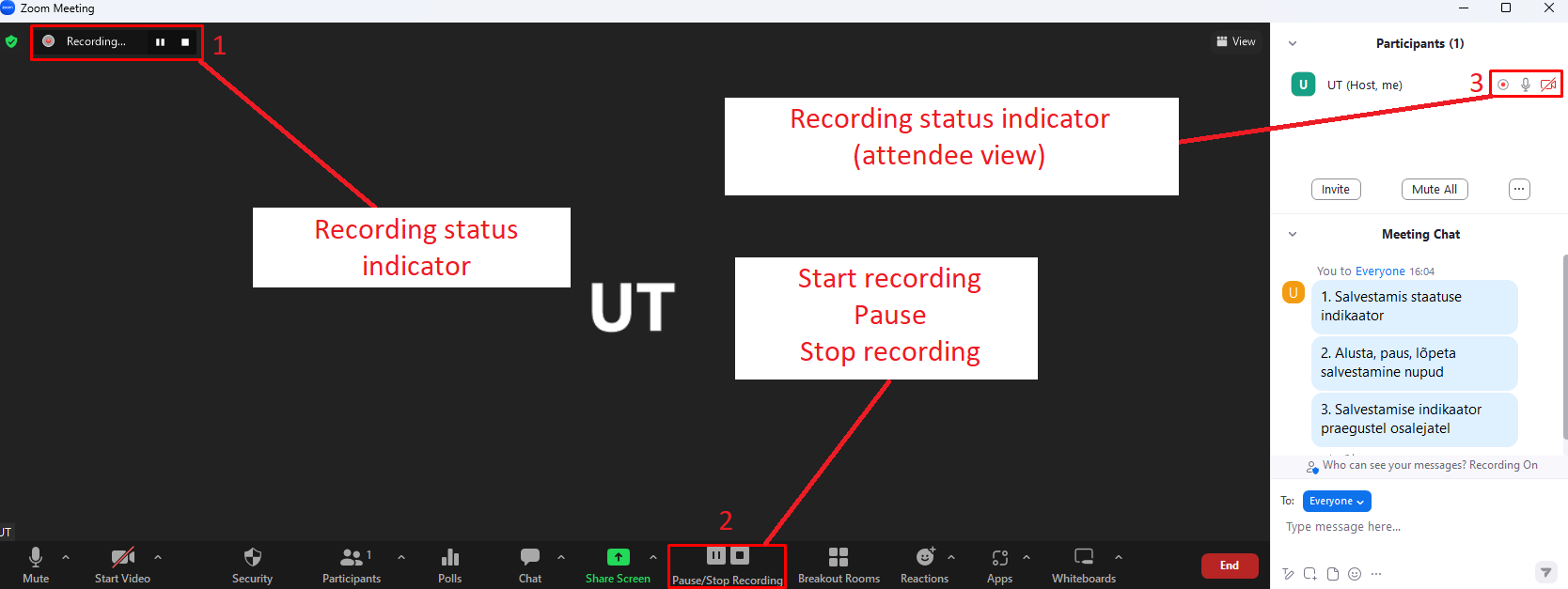



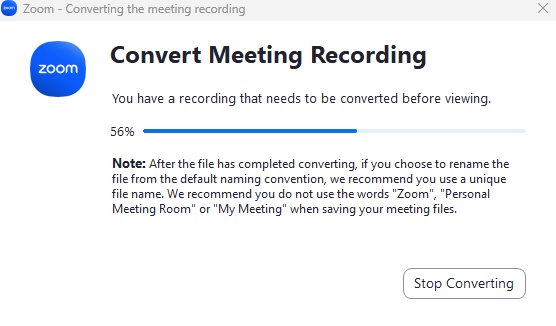
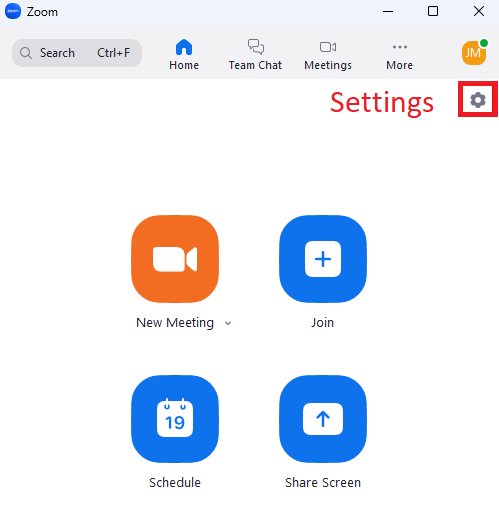
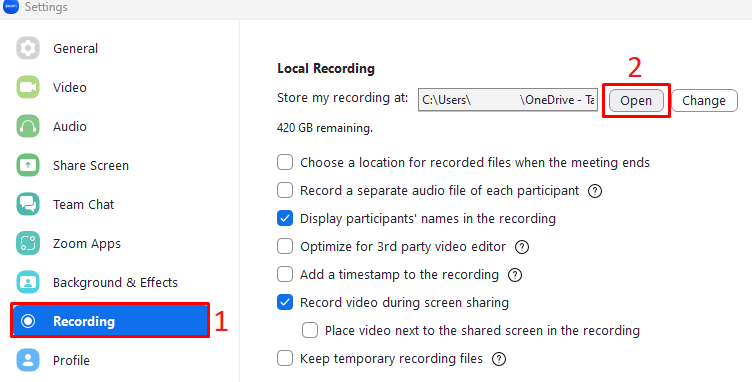

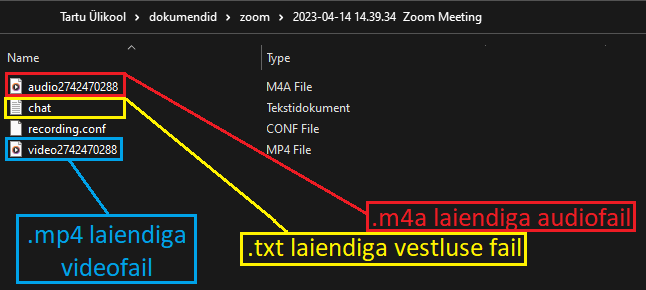

This page has no comments.